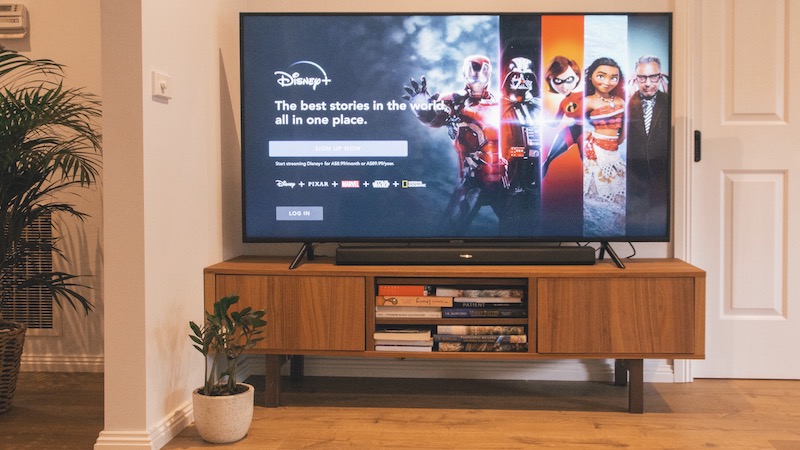Some Disney classics on Disney Plus now include a detailed warning notice of racist depictions. But why doesn’t the company remove them from the platform right away? A comment.
Not everything that is behind the Disney brand is beautiful. On its Disney Plus streaming platform, the entertainment company offers, among other things, classics that contain “outdated cultural representations“. This is how Disney itself describes racist content from its own program.
The company discovered these images during a critical examination, but did not delete them. Instead, Disney has provided them with detailed warnings – and so far only in North America.
Disney classics with racist content may therefore keep their place on Disney Plus. And that is not okay. So what explanation does the company find for its decision?
Disney Plus: Why do racist Disney classics still have a place?
Disney has already marked films with racist stereotypes at the end of 2019. “This program will be shown as it was originally created. It may contain outdated cultural representations,” the Group stated in the case of corresponding content.
Now Disney has expanded this warning. The new statement reads: “This program contains negative representations and/or mistreatment of people or cultures. These stereotypes were false then and are false now.
And further: “Instead of removing this content, we want to acknowledge its harmful effects, learn from it and stimulate discussion in order to create a more inclusive, shared future.
Disney thus draws our attention to racist content so that we first hold discussions and then decide for tolerance and equality on our own responsibility.
Disney confronts children with racism
This decision is problematic because Disney’s content appeals primarily to families with children. Children are by nature tolerant and full of love for each other. They only get to know racism when they are confronted with it. Before they do so, they behave in a natural, peaceful and unprejudiced way.
It is hardly imaginable that Disney does not have this knowledge. So why does the company still leave old Disney classics with racist depictions on the platform? Of course, that’s something we can only speculate about. But in any case, the decision does have an aftertaste.
Disney classic “Aristocats” mocks Chinese language and culture
One example is the Disney classic “Aristrocats” from 1970, in which a “Chinese” cat with narrow eyes and rabbit teeth plays the piano. Her singing voice comes from a white actor who imitates an Asian accent.
According to Disney himself, the film characterizes East Asians as “everlasting foreigners” and mocks the Chinese language and culture.
Peter Pan” from 1953, for example, also refers to Native Americans as “redskins,” and in “Dumbo” from 1941 a group of crows alludes to musical show interludes in which white singers with black-painted faces in ragged clothing make fun of African American slaves on U.S. plantations.
Such Disney classics are therefore content that is not in the least suitable for children – and essentially not for adults either. After all, why should we let ourselves be triggered by films about racism?
Racism does not deserve a discussion
Racism does not deserve discussion or more attention than necessary – and certainly not triggering content in an entertainment industry that mainly targets children.
What racism deserves is deliberate education – and that when children and adults are confronted with it in real life.
Artificially introducing us to the subject has nothing to do with it – especially not with children who have not yet developed a corresponding awareness of it at a young age.










